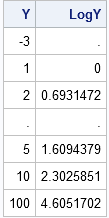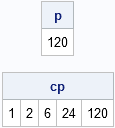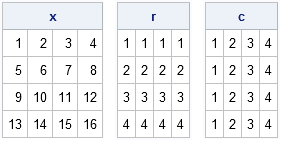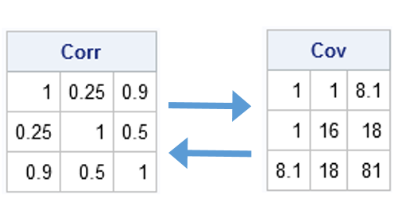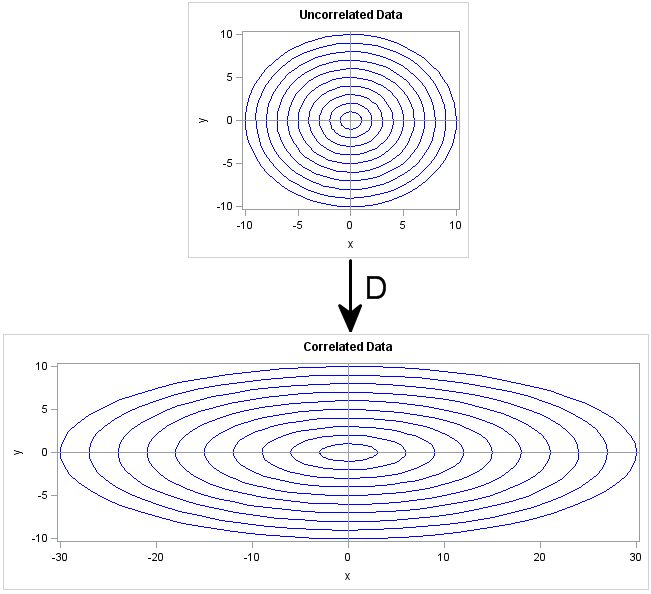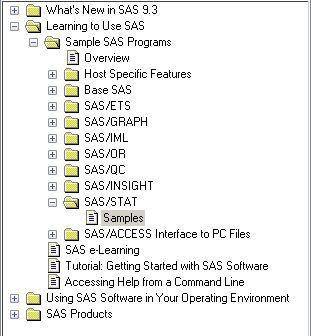
In the SAS/IML language, a user-defined function or subroutine is called a module. Modules are used to extend the capability of the SAS/IML language. In my blog posts, I usually define a module in a PROC IML session and then immediately use it. However, sometimes it is useful to store


